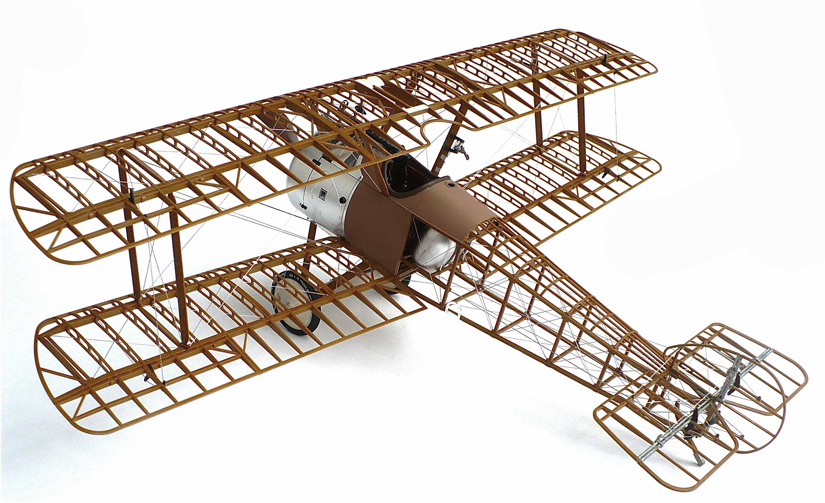Sopwith Camel
This highly maneouvreable and fast plane was the pride of the Royal Flying Corps.
Dogfighter extraordinaire
The Sopwith Camel became an icon of the RFC. It excelled in its role as a dogfighter and allowed the Entente to regain air superiority after, 'Bloody April,' when German planes ruled the skies. This plane rewarded a skilled pilot with a reliable and speedy machine that could swiftly tear through the best of the German Air Force's latest machines. The Sopwith Camel came in a few variations, notably, a carrier suited version for the Royal Navy, a night fighter used to destroy the bombers and Zeppelins attacking London and finally, a Trench Fighter with ground attack capabilities.
Poaching the pitiless skies
Dogfights came down to a great many factors but most important among them are, speed, agility and positioning. The Sopwith F1 was in this regard, one of the best fighter planes of the war.
x2 Vickers .303 machine guns
Unlike the Lewis guns of planes past, Camels were equipped with the more reliable and faster firing Vickers machine gun. British ace James 'Mac' McCudden missed his shot at taking down the Red Baron due to a jammed Lewis Gun. This weapon was far superior and shows how the Sopwith Camel was a much more modern and improved design. This gun was synced to fire through the propellor of the plane allowing the pilot to aim with the nose of his machine.
Improved Airframe
The airframe of the Sopwith Camel was designed for extreme mobility. This made it a difficult plane to fly but it allowed an already experienced pilot to take full advantage of its capabilities.
Powerful Rotary Engine
The Camel's engine allowed it to achieve wicked speed with a maximum of around 180km/h. This made it one of the quickest fighters of its day yet innovation happened very quickly in the Great Wa and Fokker D.VII's and the later Sopwith Dragon would outpace it.



